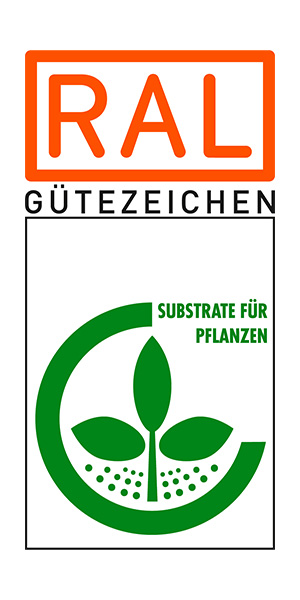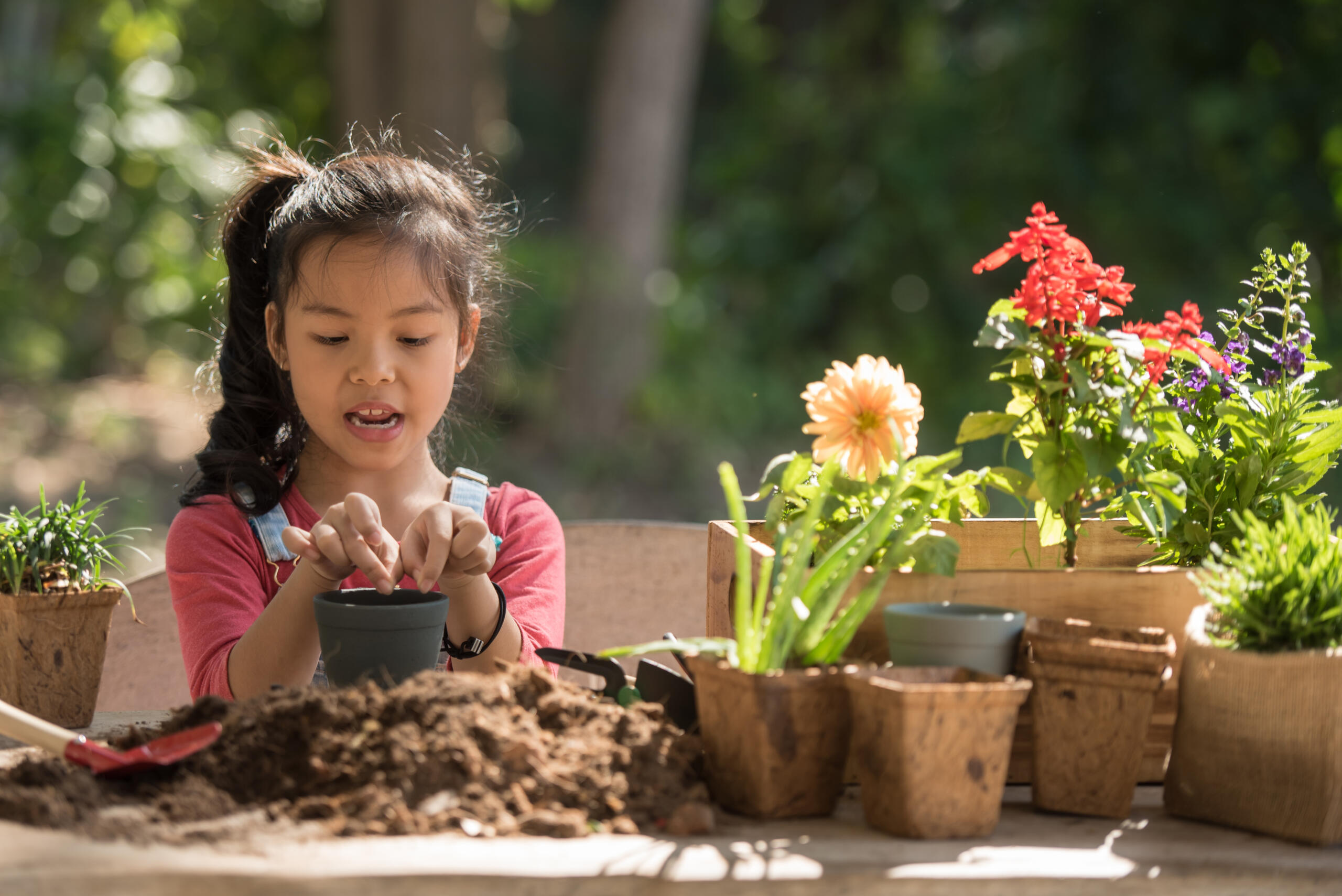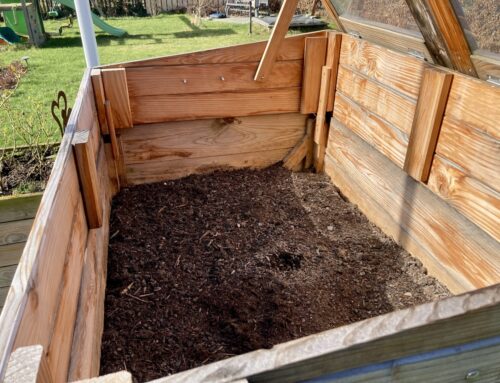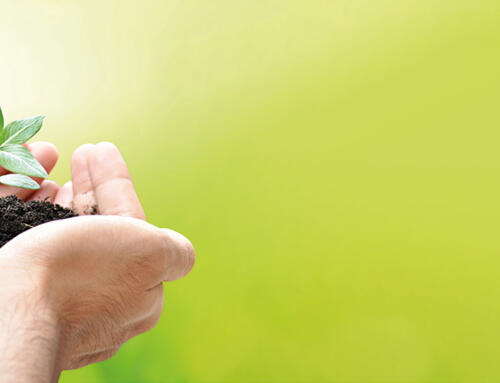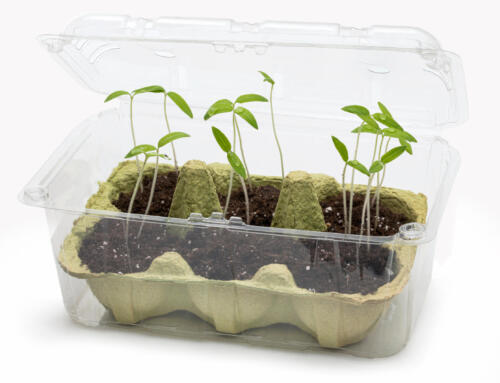Last summer, lush petunias bloomed in the large planter. The plants froze to death with the first frost and were removed along with their root balls. Since then, the planter has been in the garden shed waiting for next spring. There is still quite a lot of potting soil in it. Many amateur gardeners are now asking themselves whether they can reuse the old potting soil.
When should I dispose of old potting soil?
If the previous year’s plants were diseased or infested with pests, it is better to dispose of the old substrate and nor reuse the potting soil in the planter due to the risk of re-infection. In smaller containers or balcony boxes, the old soil is often so heavily rooted anyway that you can only get it out of the container as a whole block. You should also dispose of the block, as this soil is not only inseparable from the root remains, but is also completely depleted and used up.
Properly dispose of old soil
What should you do with the old soil from your balcony box or planter? Recycling centres and green waste collection points do not usually accept old potting soil, so the soil would have to be disposed of in landfill or with household waste. However, it is often too good for that. Instead of throwing the soil away, you can, for example, spread it over a bed and work it in superficially. Depending on the soil, this can help to improve the soil. But be careful! If the previously contained plants were infested with pests or a fungal disease, these could also spread to the plants in the bed in this way.
You can also put small amounts of old potting soil in the compost. However, the soil should then be loosened and well distributed in the compost. A heavily rooted ball of soil composts much better if it is first broken up several times with a spade.
When can I reuse potting soil?
Large planters are usually not completely rooted by annual summer flowers such as petunias, geraniums and verbenas, so that the roots (depending on the size of the pot) are mainly found in the upper third or upper half of the substrate. At the end of the summer, you can pull out the plants together with their root ball; you may need to help a little with a hand shovel. The potting soil remaining underneath can be reused as filling material for large planters if it is really free of diseases and pests. Otherwise, there is a risk that the newly planted plants will be infested again. If this is the case, you can reuse potting soil and treat it in this way:
- 1
Pour the soil into a large container (e.g. masonry bucket) and loosen it thoroughly. Plant and root residues and any remains of drainage (stones) must be removed. A little expanded clay can be left in to improve the water storage capacity.
- 2
Old potting soil often no longer has good structural stability, but this is very important for the aeration of the substrate. To improve this, you should mix the soil in a 1:1 ratio with fresh, high-quality potting soil. Look out for the RAL quality mark for substrates for plants.
- 3
By mixing it with fresh potting soil, the mixture is at least partially enriched with nutrients again. However, this is not sufficient for plants with higher nutrient requirements. You should therefore add a suitable fertiliser or compost to the planting hole at the time of planting.
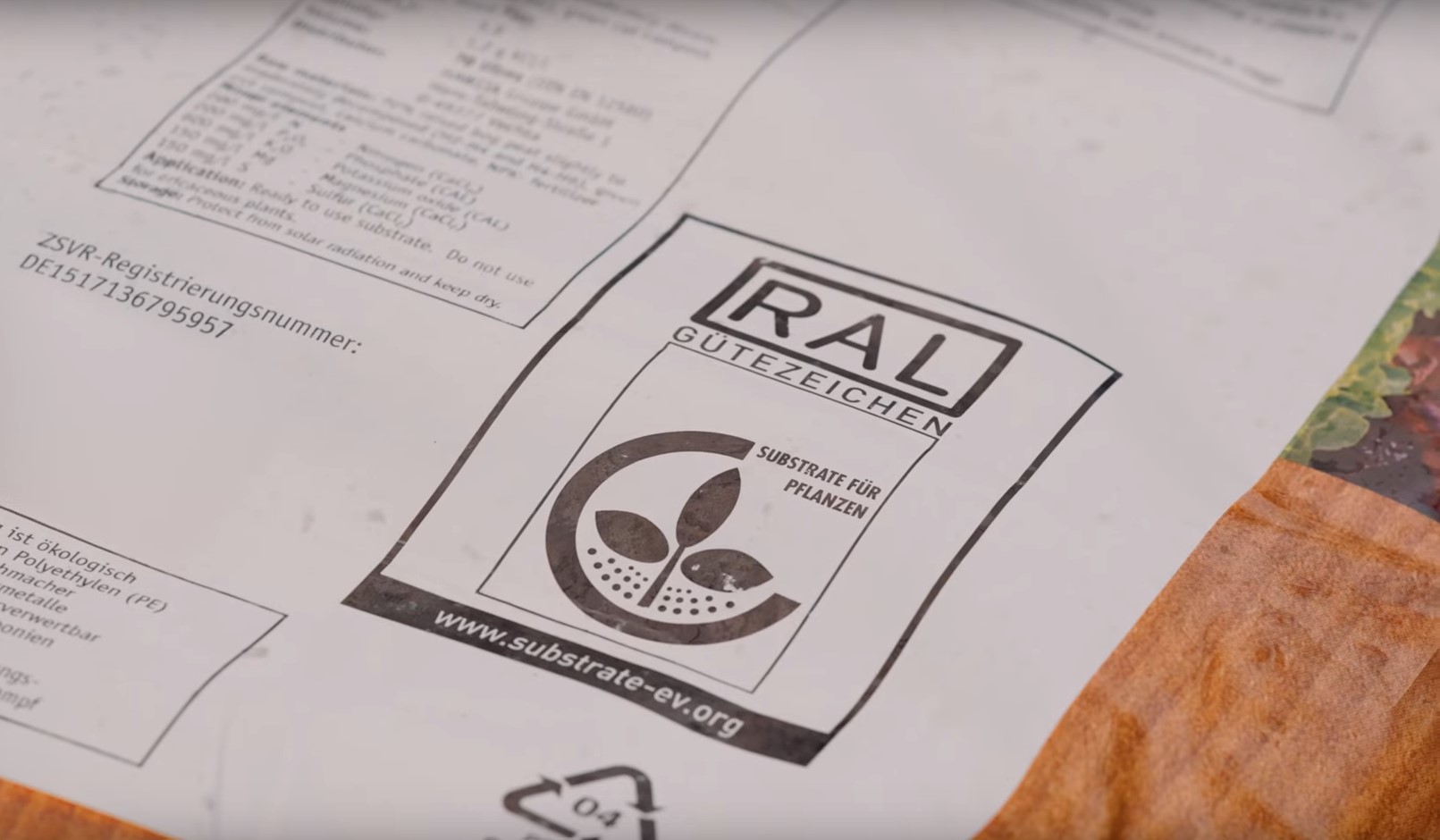
Important note: With a mixture of old and new potting soil, you do not know whether the pH value, nutrient content and salt content are in the optimum range for the new plants. New potting soil should therefore always be used for sensitive plants. Otherwise, the prepared soil can be used as filling material for large planters. Fill the top third with fresh potting soil, into which the new summer flowers are then placed.
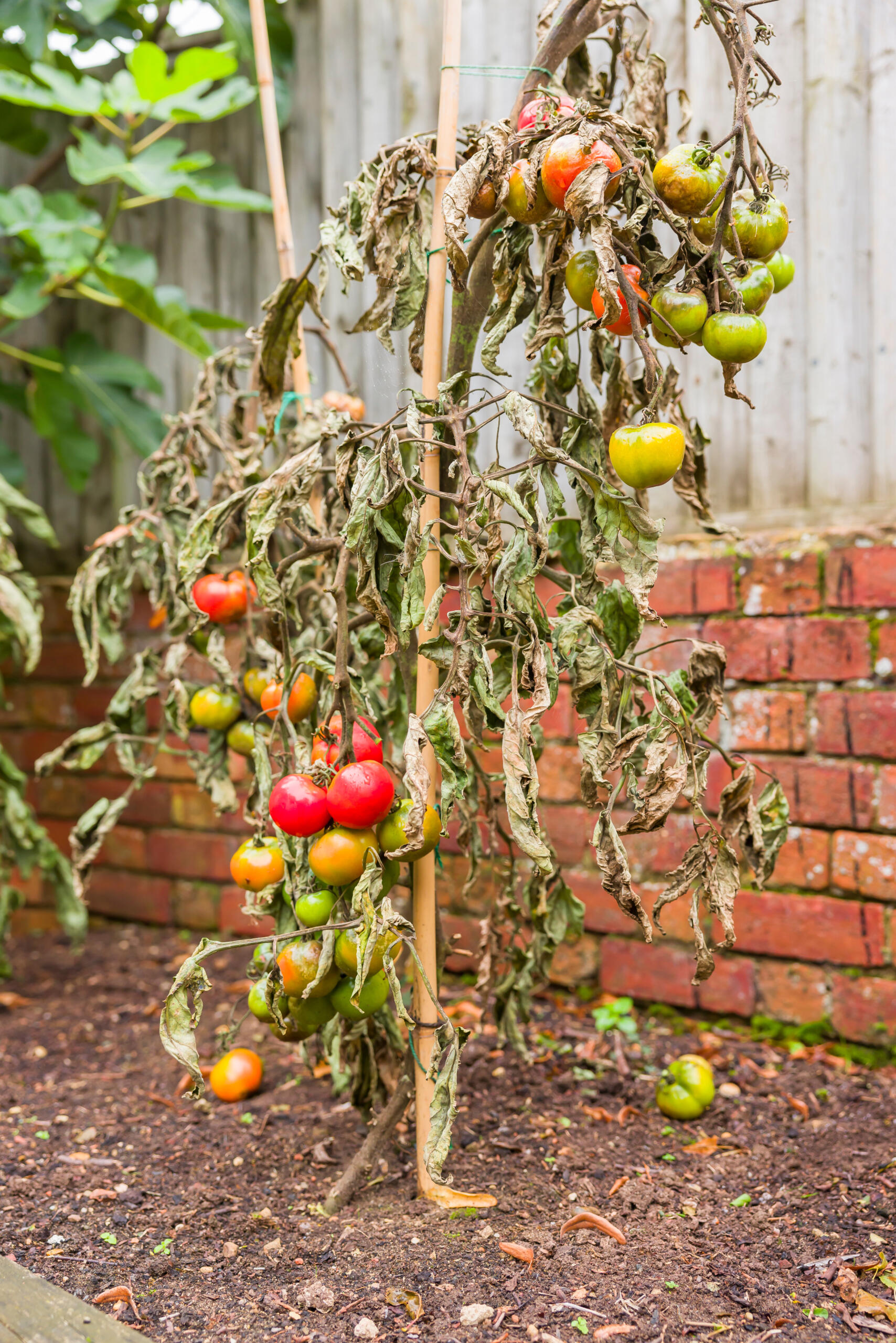
Caution – risk of infection!
If you plan to use the prepared, reused potting soil for vegetables, we do not recommend planting the same crop as before. So don’t plant tomatoes again after tomatoes, but rather another fruit or leafy vegetable. You may be familiar with the same principle from the vegetable bed. Here too, the same crop should never be grown in the same location for two years in a row.
The reason for this is that plant diseases are often host-specific. In the example of tomatoes, spores of the fungus Phytophthora infestans could still be present in the soil and directly re-infect the new tomatoes. The fungus is better known as late blight and also attacks potatoes. If you want to be on the safe side, you should fill your plant pots with fresh, quality-assured potting soil every year. This is guaranteed to be free from diseases and pests.
When should I definitely use fresh substrate for my plants?
When repotting into the next larger pot, all plants should always be given new, previously unused potting soil:
What is the shelf life of potting soil?
Potting soils do not have a best-before date. Unfortunately, this does not mean that they have an infinite shelf life. In general, you should try not to buy more potting soil than you will use this year.
Opened substrate bags should always be stored in a cool, dry, well-sealed and dark place. This slows down the degradation of the nutrients contained in the potting soil and prevents it from becoming mouldy. You can find out more about mould in potting soil at the link provided.
Peat-free and peat-reduced soils in particular should be used as soon as possible after purchase, as the substrate properties can change more quickly over time than with conventional soils. You can find more information on successful gardening with peat-free soil in the linked article.
